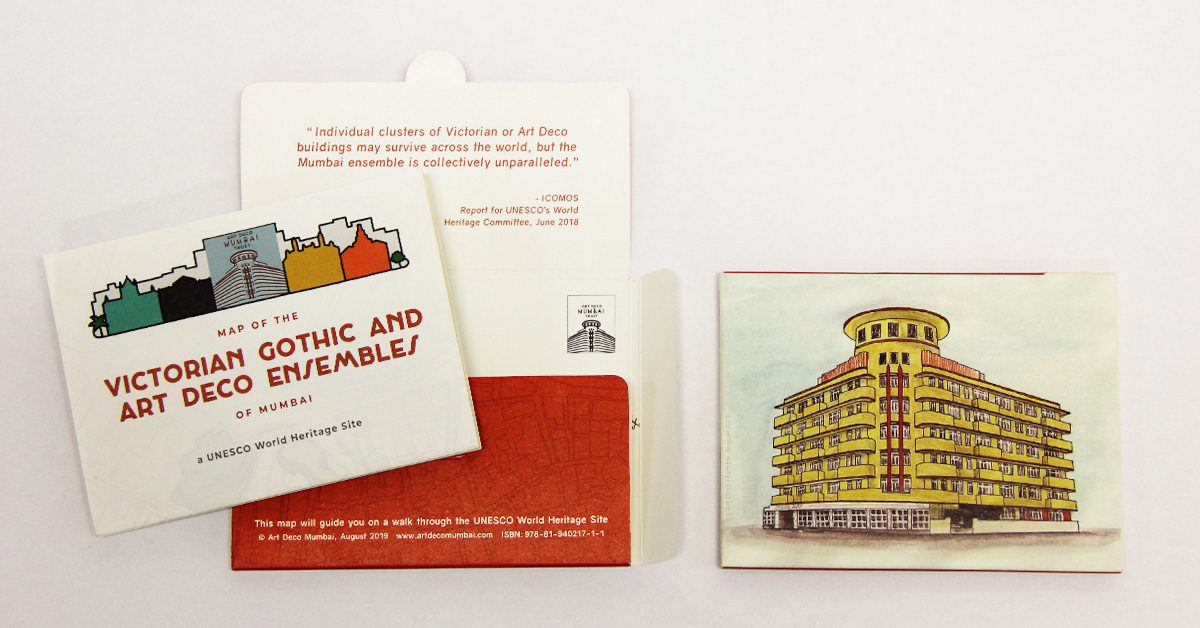Since 30 June 2018, ‘The Victorian Gothic and Art Deco Ensembles of Mumbai’ is one of India’s UNESCO inscribed World Heritage Sites, the city’s largest site in terms of its area and the number of buildings. It is a collection of 92 buildings spread across 66.34 hectares and constructed in 4 different architectural styles – Victorian Gothic, Neoclassical, Indo Saracenic and Art Deco, of which 76 buildings are Deco. It is located in the heart of South Mumbai with well-known urban areas such as S. P. Mukherjee Chowk (Wellington fountain), Oval Maidan (park) and Marine Drive (waterfront) within its core area. City’s cultural district, Kala Ghoda, and Flora Fountain, a historic landmark, are also located along the periphery of this beautiful ensemble.
Unlike the other World Heritage Sites within the city, ‘The Victorian Gothic and Art Deco Ensembles of Mumbai’ is a unique example of a group of buildings that have been in use since their inception with most of their original function still intact. These buildings, especially Art Deco apartment buildings, still cater to the 3rd-4th generation descendants of its original inhabitants making them an integral part of everyone’s collective memory. As a collective, they also highlight the two waves of urban expansion that transformed Bombay from a fortified trading port in the 19th century to a cosmopolitan global city in the early 20th century.
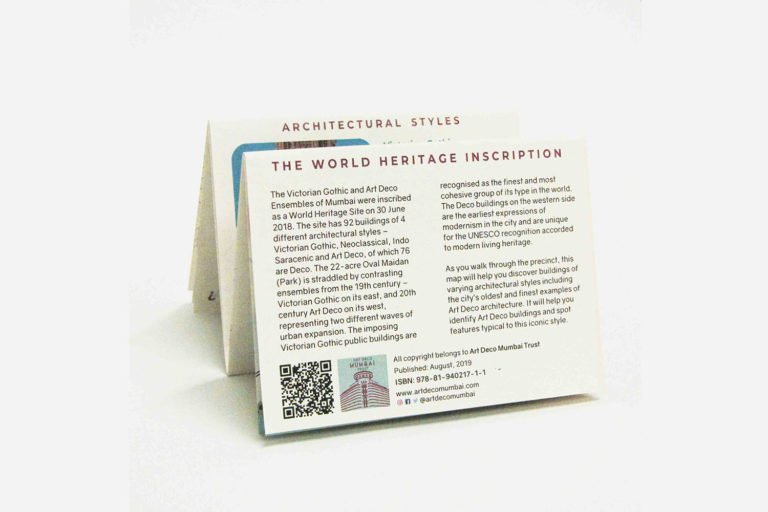
VISION FOR THE PROJECT
This project was conceived to improve the overall understanding of the recent inscription by making people more aware and appreciative of the architectural legacy of the city. A map that celebrates Mumbai’s recent World Heritage site inscription in a functional and accessible manner, while being visually engaging and informative. We believe it will facilitate the user to explore three different urban settings within the site through self-guided walks. It will also empower them to discover buildings of varying architectural styles including the city’s oldest and finest examples of Deco architecture.
As an outreach initiative, we hope this map will facilitate tourism ventures within the city, empower enthusiasts with valuable information and enable them to advocate for the conservation of their built cultural heritage.
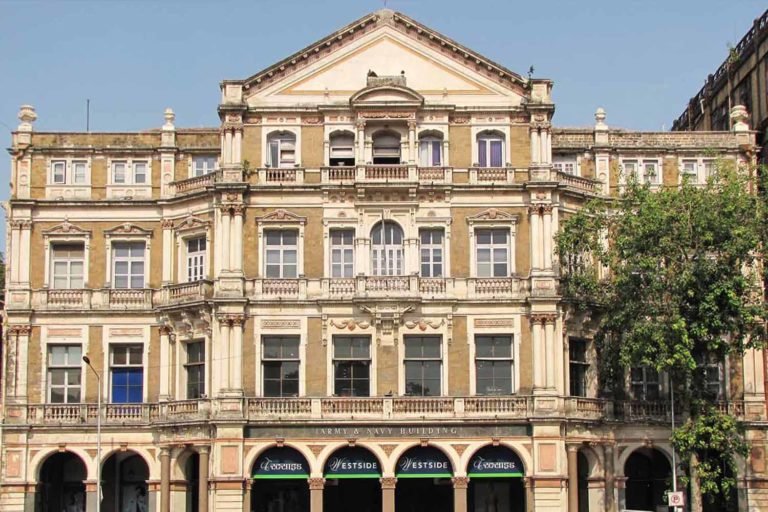
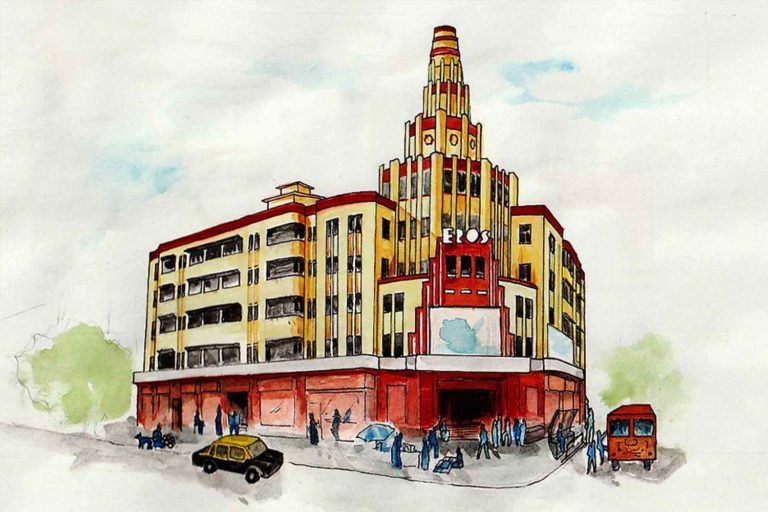
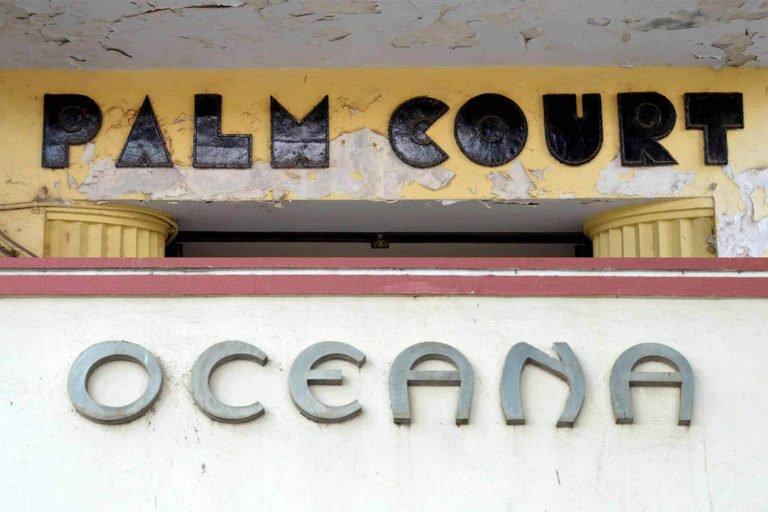
FEATURES OF THE MAP
Architectural jewels
Of the 92 buildings, 8 architectural jewels from the ensemble were identified to create watercolour illustrations. These buildings were shortlisted to highlight the diversity of architectural styles and building typology that can be seen within the ensemble. They include cinema houses, residential buildings, private club, civic and financial institutions. These hand-painted sketches have been laid out in the order they would be seen when walking through the ensemble, starting from Wellington Circle to Fort to Oval Maidan and onto Marine Drive via Dinshaw Vacha Road.
How to identify Deco?
We have also included a section that addresses a commonly asked question ‘How to identify Deco?’ so that with its help everyone will be able to easily spot elements and features atypical of this iconic style.
Walking Routes
To complement the map, all the buildings within the site have been listed and categorised into three walking routes – Fort Walk, Oval Walk, and Marine Drive Walk. Under these categories, each building name is supported with information such as the architectural style and name of the architect(s). Keeping in mind the expanse of the site, we have also identified must-see buildings, marked with a star, within each walking route to enable travellers pressed with time to also explore.
User-friendly
The size, layout and folds of the maps have been finalised after multiple iterations and user testing to ensure that everyone views the map and receives the information in a similar manner.
Inclusive and Accessible
The written content of the map ensures the communication is engaging and easy to understand while being informative. The final price of the map has also been determined by giving special attention to the production of the map to make sure it is accessible to a larger audience group – students, residents and visitors alike.
Postcard
The watercolour illustration of Soona Mahal on the packaging of the map doubles as a postcard that visitors could send to their loved one back home. The map itself has been designed to be visually engaging so that it also works as a gift, souvenir or memorabilia.
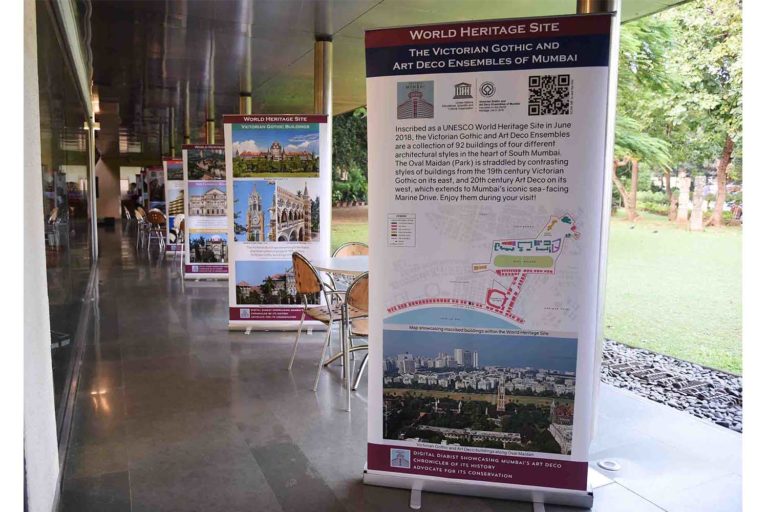
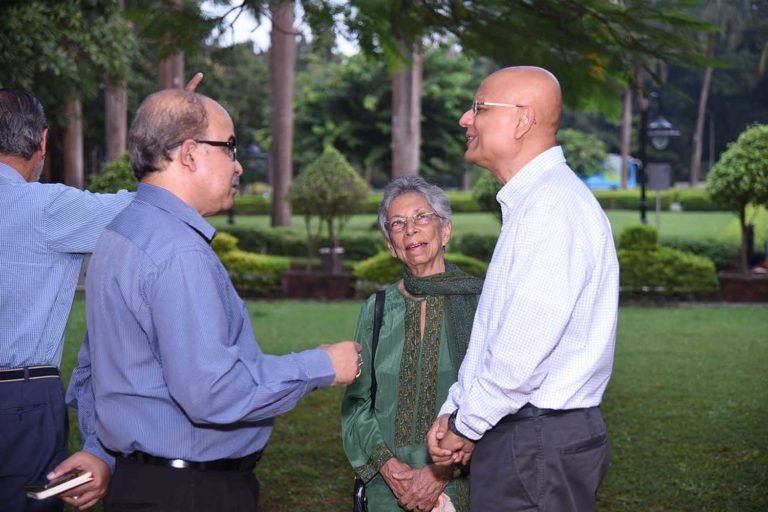
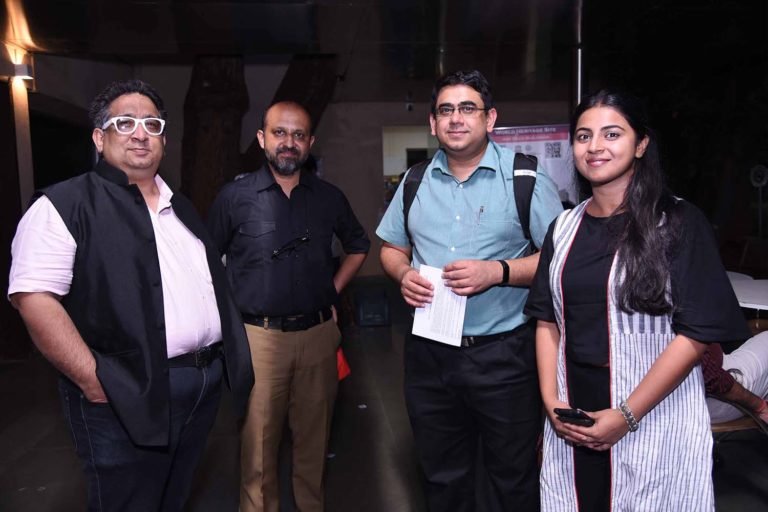
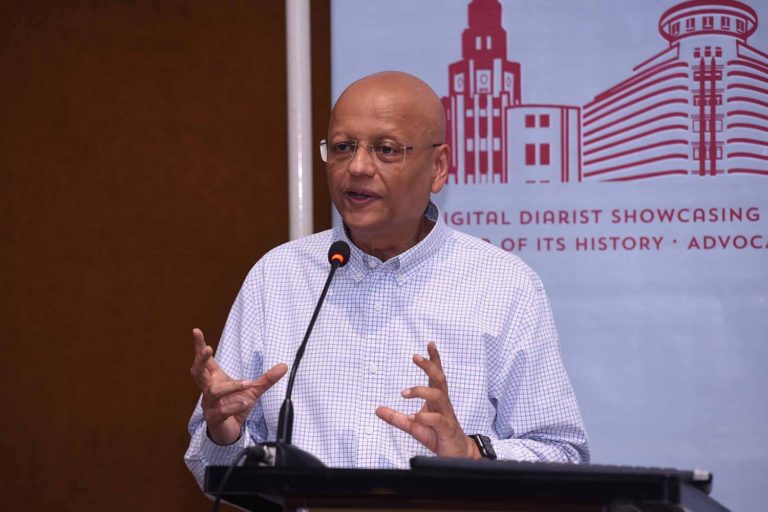
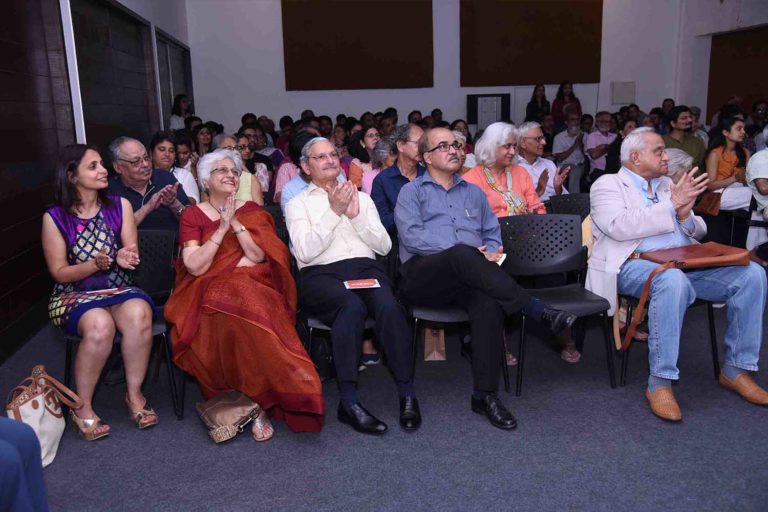
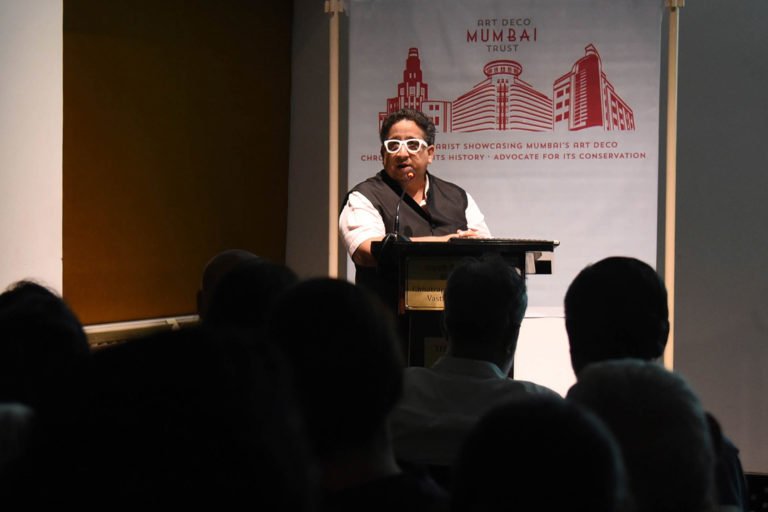
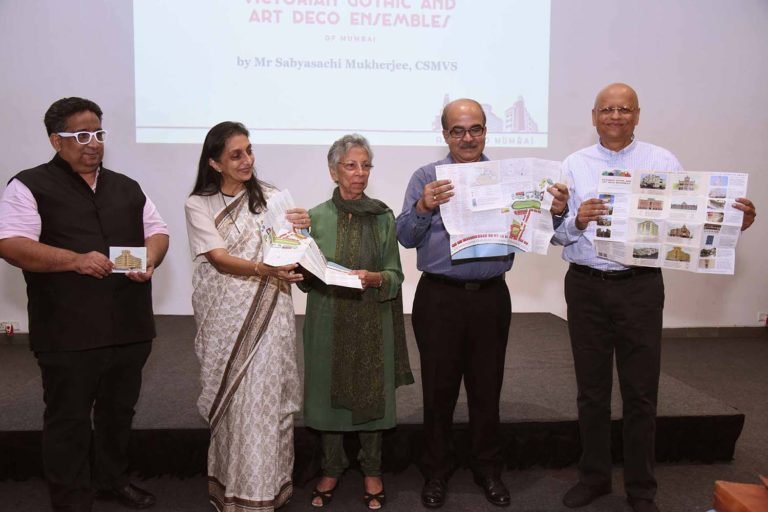
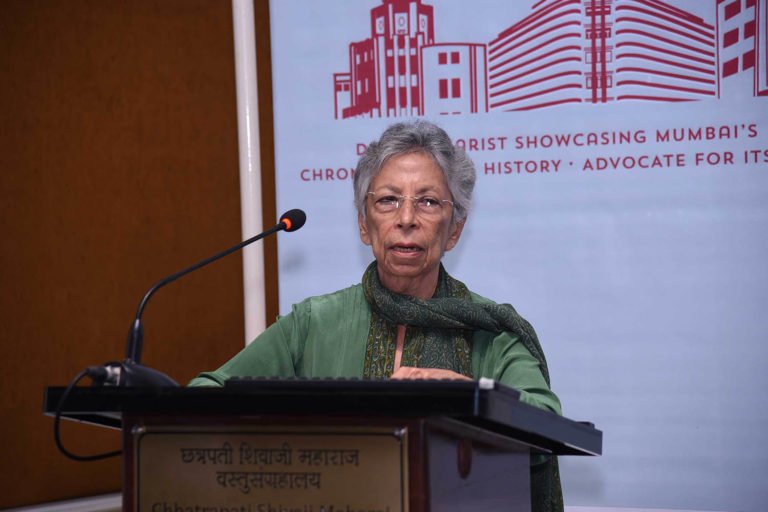
LAUNCH AND AVAILABILITY
The map was launched on October 14, 2019, at the visitor centre auditorium of the CSMVS (Chhatrapati Shivaji Maharaj Vastu Sangrahalaya) by Mr Sabyasachi Mukherjee, Director General of The Museum and Trustees of Art Deco Mumbai Trust. Along with the map, a film on the World Heritage Site – a stakeholder initiative was also released. This film commissioned by FORT (Federation of Residents Trusts) is a tribute to the Ensemble, the citizens of Mumbai and the unique relationship they share with the built form. As a precursor to the map release, Founder trustee of Art Deco Mumbai, Atul Kumar spoke about the ‘Making of the map’. The evening was well-attended and also included talks by Prof. Mustansir Dalvi and Mr Sabyasachi Mukherjee titled ‘Modern Living Heritage – Art Deco within the Ensemble’ and ‘CSMVS – Cultural anchor for the Ensemble’ respectively.
(Updated on 13 March 2022)

